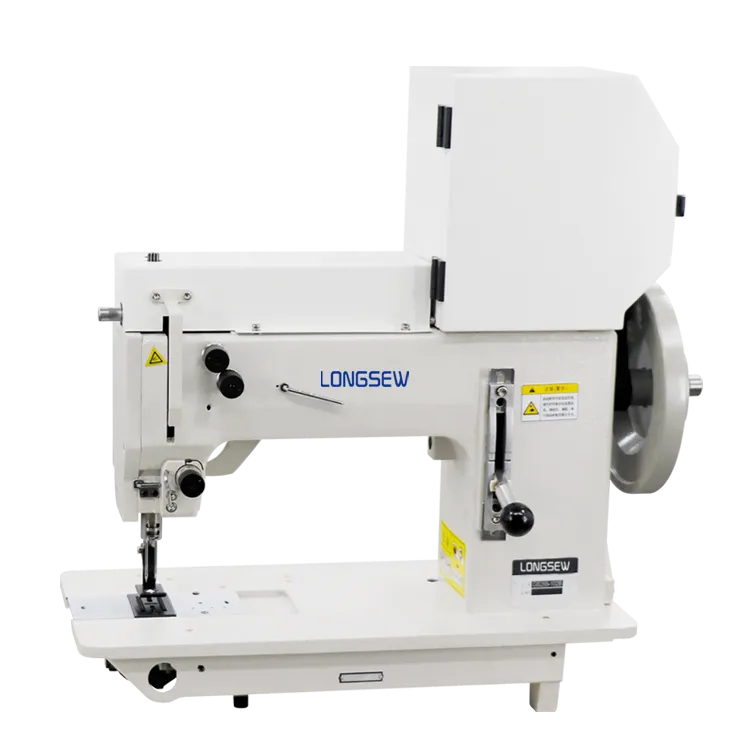needle to sew through leather
Needle to Sew Through Leather A Comprehensive Guide
When it comes to leathercraft, one of the most essential skills an artisan must master is the ability to sew through leather effectively. Whether you're repairing a favorite leather jacket, crafting a bespoke wallet, or creating a custom bag, knowing how to use a needle to sew through leather is paramount. This article will guide you through the process, highlighting the tools required, different stitching methods, and helpful tips to ensure a professional finish.
Understanding Leather
Before diving into sewing techniques, it’s crucial to understand the nature of leather. Leather is a durable material that, while beautiful and long-lasting, can be challenging to work with due to its thickness and toughness. To sew leather properly, one must choose the right tools and techniques tailored to its unique properties.
Choosing the Right Needle
The first step in sewing leather is selecting the appropriate needle. A leather needle is your best option as it has a rounded point designed to penetrate the material without damaging it. Depending on the thickness of the leather, you can choose from various sizes. For thinner leather (like lambskin), a size 80/12 needle works well, while thicker leathers might require a size 110/18 needle.
Selecting the Right Thread
The type of thread you use is just as important as the needle. Polyester or nylon threads are preferable for sewing leather because they offer strength and durability. They are also resistant to moisture and UV light, making your projects last longer. Choose a thread thickness that matches your leather weight—thicker threads work well for heavier leather, while finer threads suit lighter materials.
Preparing Your Leather
Preparation is key to a successful sewing project. Before you start, ensure your leather pieces are clean and free from any debris. Mark your stitching lines with a tailor’s chalk or a specialized leather pencil. This will help guide your needle accurately and maintain a neat appearance.
Types of Stitching Techniques
1. Running Stitch This is the most basic stitching technique. It involves making a series of small, straight stitches through the leather. This method is strong but can be less flexible than other stitches.
needle to sew through leather

2. Backstitch For added strength, the backstitch is a great choice. It involves placing each stitch in reverse after the initial forward stitch, creating a reinforced seam that offers excellent durability.
3. Saddle Stitch This is a popular technique among leatherworkers. It uses two needles and a single length of thread, allowing for an even and sturdy stitch. The saddle stitch provides additional strength and is often used in high-quality leather applications.
Sewing Through Leather
Now that you have everything prepared, let’s start sewing. Here’s a step-by-step process
1. Thread Your Needle Cut a length of thread appropriate for your project—approximately three times the length of your seam. Attach the thread to your needle, doubling it for added strength, and tie a knot at the end.
2. Position the Leather Hold the pieces of leather securely, ensuring they align perfectly at the marked stitching line.
3. Start Sewing Begin by pushing the needle through the leather at one end of your marked line. Pull it through until the knot catches. Continue to insert the needle through the leather, following your chosen stitching method.
4. Maintain Tension As you stitch, keep your thread under consistent tension. This will help avoid any puckering in the leather and maintain a neat appearance.
5. Finishing the Stitch Once you reach the end of your seam, securely tie off the thread. For a cleaner finish, you can use leather cement or a specialized leather adhesive to seal the knots.
Final Tips and Tricks
- Practice If you’re new to sewing leather, practice on scrap pieces before tackling your main project. - Use Clips Instead of pins, use clips designed for leather to hold your fabric in place. Pins can leave permanent holes in the leather. - Be Patient Working with leather can be slow, so take your time to ensure precision and quality in your work.
In conclusion, sewing through leather can be a rewarding endeavor when approached with the right skills and tools. By mastering the techniques outlined in this guide, you can create durable and aesthetically pleasing leather projects that will stand the test of time. Happy sewing!
-
Industrial Cylinder Arm Sewing Machine: Revolutionizing Heavy-Duty SewingNewsJul.28,2025
-
Cylinder Arm Sewing Machine: Perfect for Special Sewing ApplicationsNewsJul.28,2025
-
Cylinder Bed Sewing Machine: Essential for Sewing Complex MaterialsNewsJul.28,2025
-
Heavy Duty Sewing Machine: The Essential Tool for Industrial ApplicationsNewsJul.28,2025
-
Computerized Pattern Sewing Machine: Revolutionizing Precision StitchingNewsJul.28,2025
-
Heavy Duty Industrial Sewing Machine: Power Meets PrecisionNewsJul.28,2025
-
Leather Sewing Machine: The Industrial Standard for Tough MaterialsNewsJul.18,2025





























